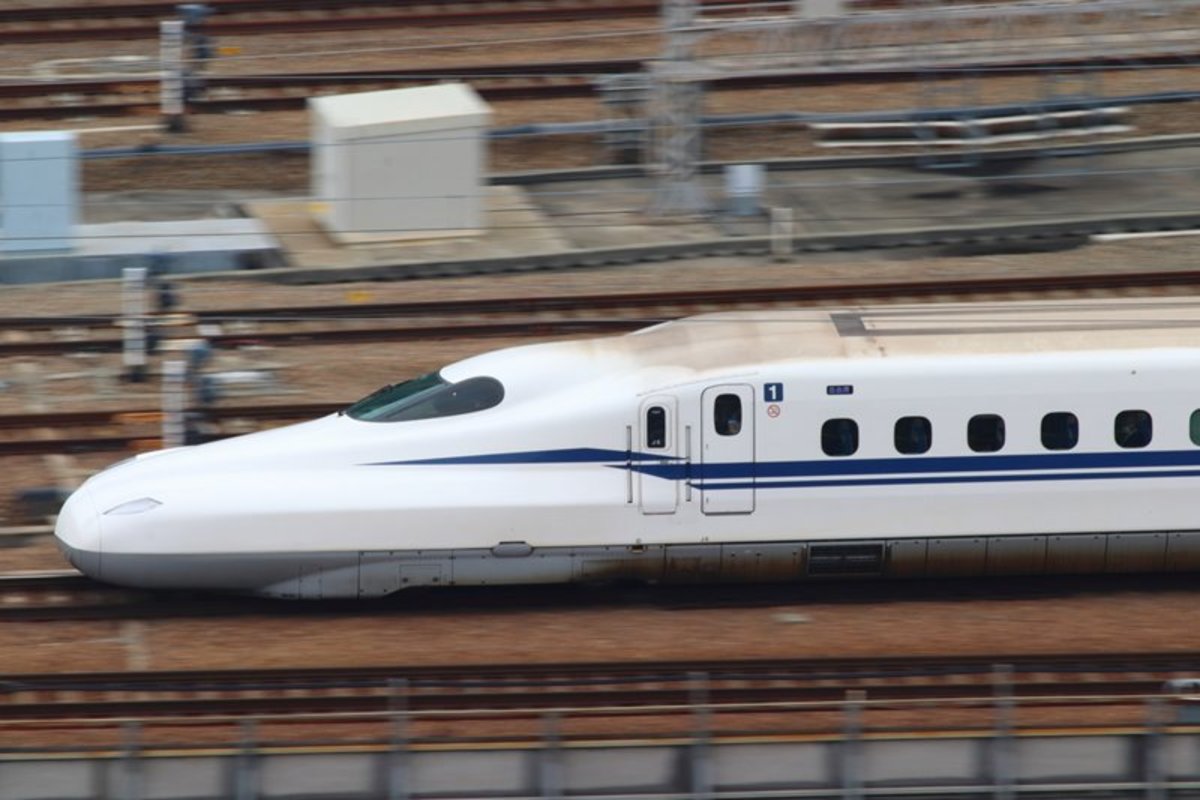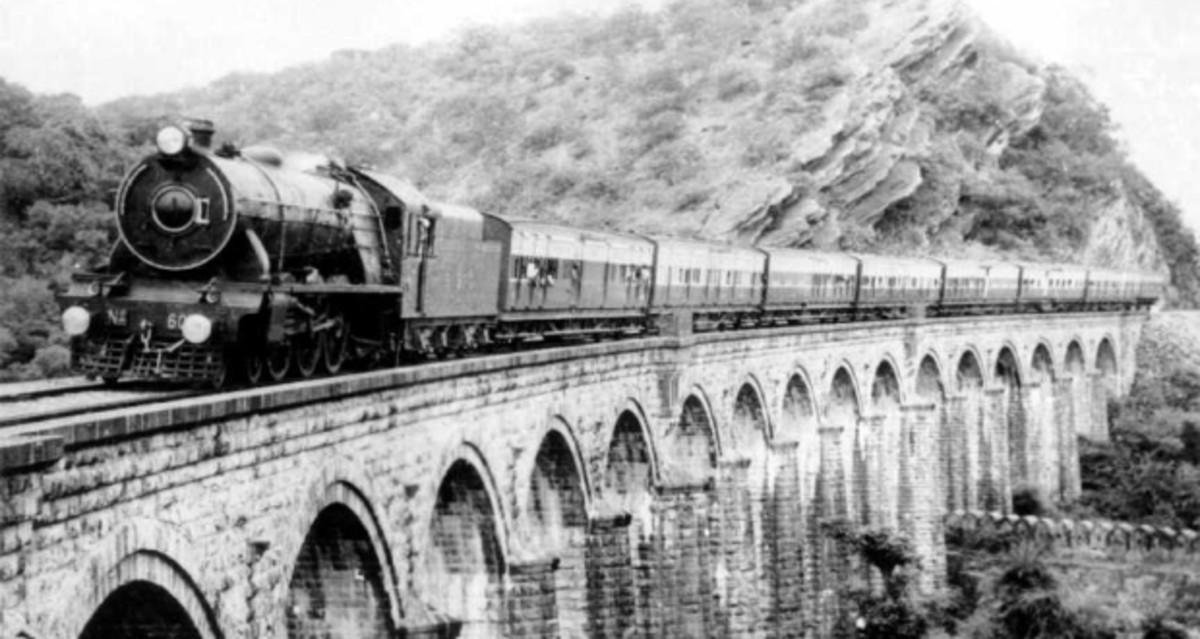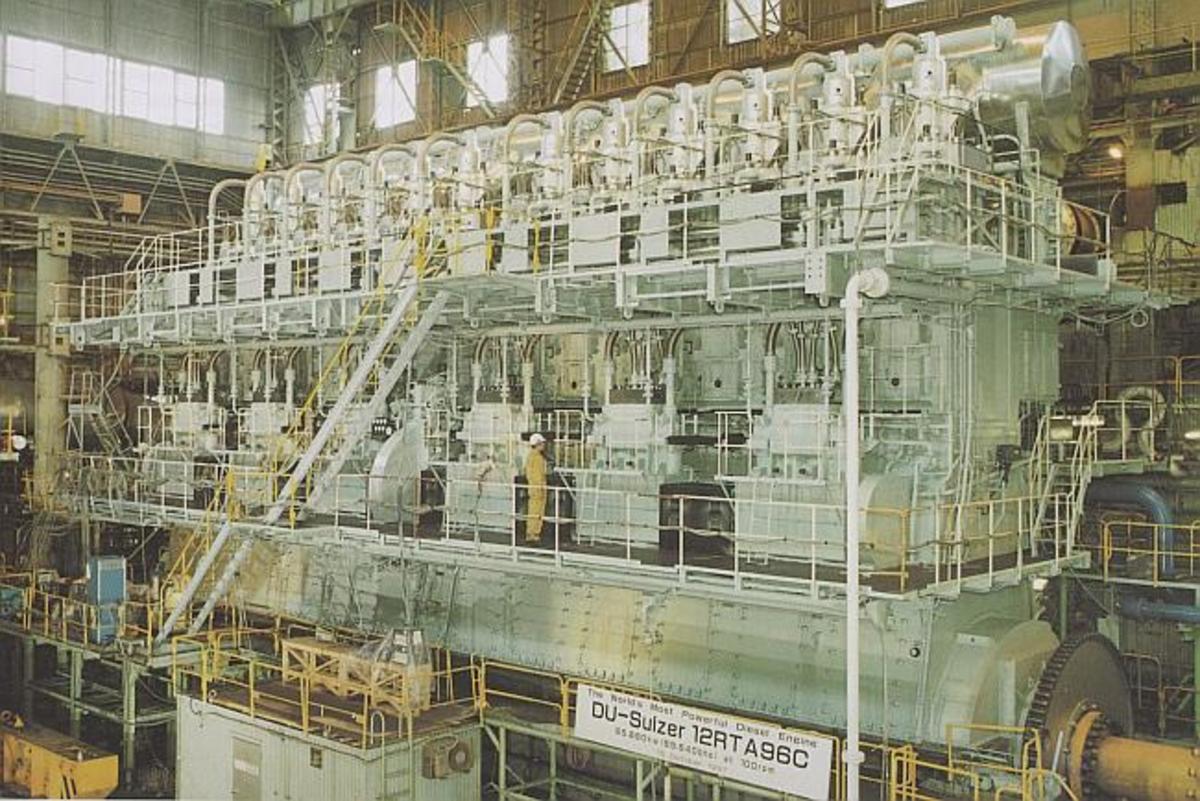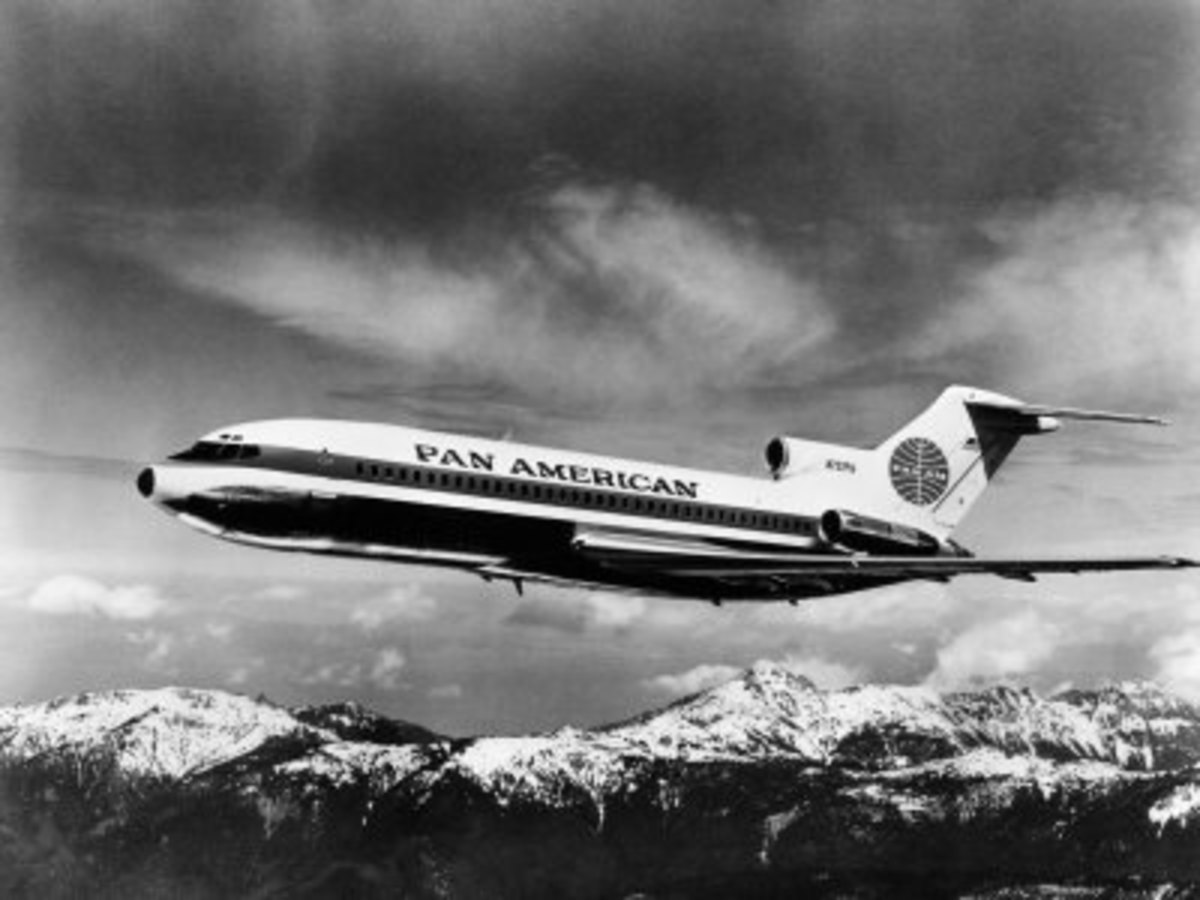Why America Needs High Speed Rail



Americans pride ourselves on our history of innovation and technological advancement. In one key area, however, we have fallen far behind Europeans and Asians: high speed rail.
America once had one of the finest rail systems in the world. However, after World War 2, while Europe and Japan poured their money into rebuilding rail infrastructure, the United States built interstates and airports. Although these transportation systems have served us well for decades, it is becoming increasingly clear as fuel costs continue to rise that rail is not a thing of the past, but rather the wave of the future.
And I, for one, say it is time for America to reclaim its status as the world's great innovator and start putting our energy into building the world's best high speed rail system.
The Benefits of High Speed Rail
For the passenger, trains offer virtually unparalleled comfort. Trains have wider seats and more foot room than cars or planes. You can get up and walk around, or stay seated and read, work on your laptop or other electronic device, or simply enjoy the scenery. For longer trips, trains have comfortable overnight accommodations, allowing you to travel while sleeping and avoid driver fatigue.
Trains are also fast and convenient. High speed trains travel at 125 miles per hour or faster, faster than any automobile speed limit in the country, and they avoid traffic congestion, while simultaneously reducing it. Although jet travel is faster, trains typically take less time to board, so over short and medium-length distances, trains can actually be faster than both cars and planes.
High speed rail is safe. The grade-separated high speed lines used in much of Europe and Japan have not had a single fatality in 41 years.
High speed rail offers many benefits to the environment. It is the most fuel-efficient form of mass transportation, reducing air pollution and carbon dioxide emissions.It carries 3-5 times more people per hour than interstate highways, while requiring only 10-40% of the land.
Track is also four times cheaper to build than highways, and rail creates more jobs.
High Speed Rail in California
High Speed Rail in California
- California High-Speed Rail
The Official Site of California's Proposed High-Speed Train System - Californians for High Speed Trains
- California High Speed Rail Blog
- Rail Passenger Association of California & Nevada
- BayRail Alliance
- Golden State Rail
- High Speed Rail for California
- Association for California High-Speed Trains
- California for High-Speed Rail
- Are You Hot for High Speed Rail?
The nation's first major battle for high speed rail is being fought in California.
Proposition 1A will be on the ballot this November 2008. It authorizes a $9.95 billion bond to cover approximately one-third the cost of a high speed rail system from Sacramento to San Diego that would, among other things, connect San Francisco to Los Angeles in less than three hours, create 160,000 construction and 450,000 permanent jobs, and take 92 million vehicle trips off the roads every year, reducing congestion, lowering greenhouse gas emissions by 12 billion pounds per year, and reducing our dependence on foreign oil by up to 12.7 billion barrels a year.
All this, without raising taxes!
Other High Speed Rail Proposals
Many other states and regions are currently considering proposals for high speed rail. Congress's recent Amtrak authorization bill also included provisions for high speed rail research and development. Senator John Kerry is also known to be working on a high speed rail bill that will be called the High Speed Rail for America Act.
Senator Barack Obama has also expressed support for high speed rail, and his running mate, Senator Joe Biden, is a long-time supporter of high speed rail, who commutes from Washington DC to Wilmington, Delaware every day on Amtrak, a routine he started more than 30 years ago in order to be with his two sons after the death of their mother and sister in a car crash.








